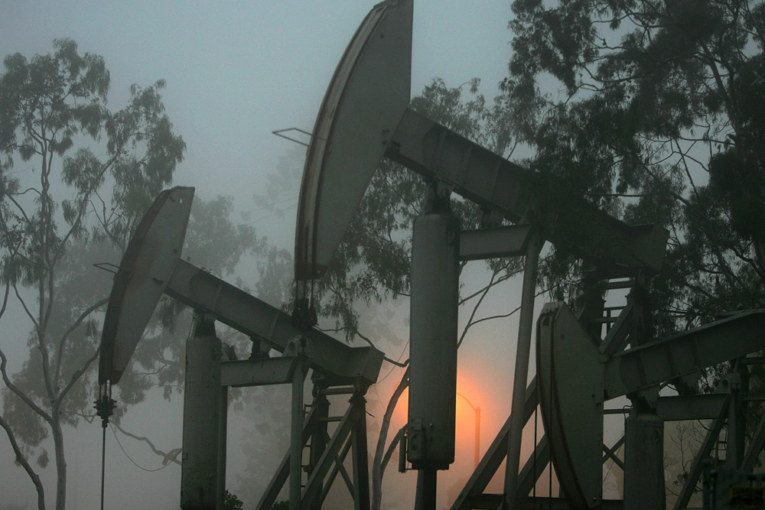
Oil capped its worst annual showing since 2015 as fears of scarcity turned into panic about a glut.
Futures in New York eked out a small gain on Monday but finished the year down 25 per cent, completing a reversal few anticipated just three months ago, when prices jumped to a four-year high. There’s growing concern the U.S.-China trade dispute and tightening Federal Reserve monetary policy will undercut growth. Five American manufacturing indexes all dropped in December, the first such across-the-board decline in two years.
Highlighting the muscle of U.S. crude drillers, stockpiles at a key storage hub in Oklahoma probably rose 1.2 million barrels last week, according to a Bloomberg survey of analysts released Monday. Despite encouraging talk on trade from President Donald Trump, the coming months still look unsettled, said Phil Streible, senior market strategist at RJO Futures in Chicago.
“We’ll probably start off 2019 on the same foot, weighed down by record U.S. production as well as the lingering trade war,” Streible said in an interview. “We won’t see a rebalancing of the market until past the first quarter, so I would expect us to get trading right around these lows.”
West Texas Intermediate for February delivery rose 8 cents to US$45.41 a barrel on the New York Mercantile Exchange. Total volume traded Monday was about 32 per cent below the 100-day average.
Brent for March settlement gained 59 cents to US$53.80 on the London-based ICE Futures Europe exchange. The global benchmark closed the year down 20 per cent. It traded Monday at a premium of US$8.08 to March WTI.
Crude’s moves have been amplified by gyrations in equity markets, which have propelled an oil-price volatility gauge to more than double over the past three months.
“We are most likely past the peak of this long economic uptrend,” said analysts at JBC Energy GmbH in Vienna.
Oil jumped to a four-year high in early October on concern that renewed U.S. sanctions on Iran’s oil exports would tighten supply. But Trump’s surprise decision to grant waivers to many buyers pushed prices into a bear market within weeks.
“Trump has reigned as the ultimate controller of oil prices this year because everything from sanctions against Iran, the trade war with China and even tensions with Saudi Arabia, he’s been involved,” said Sungchil Will Yun, a commodities analyst at HI Investment & Futures Corp. “While prices won’t fall further from here, the pace of increase will also be quite gradual next year.”
Output Cut
OPEC and its partners including Russia responded to the downturn earlier this month with a promise to cut 1.2 million barrels a day of output starting January. Estimates from consultants JBC Energy on Monday showed they’ve already started to make good on that pledge as Saudi Arabia takes the lead in restricting production.
But OPEC faces a formidable challenge from American drillers that are pumping at record levels.
More than 100 additional oil rigs have been deployed across the U.S. this year, with overall crude production topping 11 million barrels a day. Oil stockpiles at the U.S. storage hub in Cushing have surged to the highest level since January, while nationwide inventories are near a one-year high, according to Energy Information Administration data.
With assistance from Heesu Lee
Bloomberg.com
You can read more of the news on source
